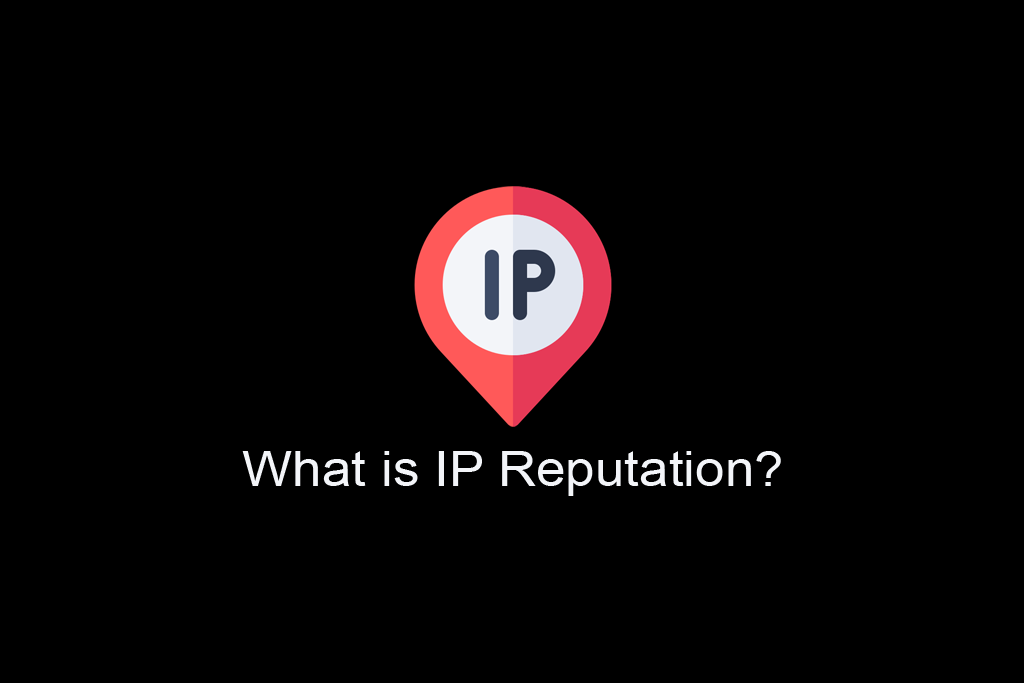What is Encryption? Encryption types and benefits of encryption

Encryption is the process of encoding information. It keeps your data private and secure.
What is encryption?
Encryption is a way of securing your data with the help of secret code that keeps your data away from the hacker’s reach. In cyber security, encryption is the conversion of data from a readable format into an encoded format. Encrypted data can only be read or processed after it’s been decrypted. Users can only decrypt data using that special encryption key.
In other words, you can encrypt your data via encryption using an encryption key. Data encryption is widely used by most individuals and companies safe from prying eyes. In the computing world, encryption is used to protect the data of any computer or device, from home users to huge corporations. Essentially, a computer program translates private, confidential, and other data into a different, unreadable form using an encryption key. When your data is in the encrypted form, only someone with the unique decryption key or password can convert the data back into a readable or usable form.
How does encryption works?
Encryption of data starts with converting data (plain text data) into ciphertext. Basically, encryption involves converting human-readable plaintext into incomprehensive text aka ciphertext. Most importantly, this means taking readable data and changing it so that it appears random. Encryption involves using a cryptography key, a set of mathematical values both the sender and recipient agree on. The recipient uses the key to decrypt the data, turning it back into readable plaintext. Make sure that the encryption key should be very strong, because of the more complex the cryptographic key, the more secure the encryption. Third parties are less likely to decrypt data via brute force attacks. Encryption can also be used to protect your passwords. Password protection methods scramble your password, so it’s unreadable by hackers.
What is a key in cryptography?
A cryptographic key is a string of characters used within an encryption algorithm for altering data so that it appears random. Like a physical key, it locks (encrypts) data so that only someone with the right key can unlock or decrypt it.
What are different types of encryption?
Encryption is the key to protecting files and data. You can encrypt data into different forms. The two main types of encryption are symmetric encryption and asymmetric encryption. Asymmetric encryption is also known as public key encryption. Here are two encryption types:
Symmetric encryption keys:
The symmetric encryption key is private key encryption. The key used to encode is the same as the one used to decode, making it best for individual users and closed systems. Otherwise, the key must be sent to the receiver. This increases the risk of compromise if it’s intercepted by a third party, such as a hacker. This method is faster than the asymmetric method.
Asymmetric encryption keys:
Asymmetric encryption key uses two different keys one is public and private-linked together mathematically. The keys are essentially large numbers that have been paired with each other but aren’t identical, hence the term asymmetric. The owner keeps this private key secretly, and the public key is either shared amongst authorized recipients or made available to the public at large.
Why data encryption is necessary?
To protect your data-encryption is necessary. Additionally, cybercriminals give you lots of reasons for the encryption of data. Here are some important reasons that state that why data encryption is necessary.
Security
Encryption helps to prevent data breaches, whether the data is in transit or at rest, if a corporate device is lost or stolen and its hard drive is properly encrypted, remember the data on that machine will still be secure. Similarly, encrypted communications enable the communicating parties to exchange sensitive data without leaking the data.
Data Privacy
Encryption keeps your data private. It ensures that no one can read communications or data at rest except the intended recipient or the rightful data owner. This stops attackers, ad networks, internet service providers, and others from intercepting and reading sensitive data.
Data integrity
Encryptions also assist you to prevent malicious behavior such as on-path attacks. When data is transmitted across the Internet, encryption ensures that what the recipient received has not been tampered with on the way.
Authentication
Encryption also helps you in the authentication. Public key encryption, among other things, can be used to create that a website’s owner own the private key listed in the website’s TLS certificate. This certificate ensures users of the website that they are connected to the real website.
Example of encryption algorithm
Encryption algorithms are used to convert data into ciphertext. An algorithm uses the encryption key to alter the data in a predictable way so that, even though the encrypted data will appear random, it can convert back into plain text with the help of a decryption key or with a password. Online you can find several different types of encryption algorithms designed to suit different purposes. Here is some well-known encryption algorithm includes:
Encryption example:
- DES encryption
- AES encryption
- RSA encryption
- RC4 encryption
- 3DES encryption
- Twofish encryption
- Snow
- Elliptic curve cryptography
End-to-end encrypted data?
You may always hear when service provider says that you will get perfect end-to-end encryption service in respect of your data; it means that you can only decrypt your data, no one else. This includes, even the service providers cannot access end-to-end encrypted data itself. This encryption or decryption key is set by the user who possesses the keys, and the same person can also reset end-to-end data encryption. It’s important to know it because if you forget your password to regain access to your device. If you do this, make sure you won’t be able to use any of your previously encrypted backup files.
Remember, resetting end-to-end encryption files or data really doesn’t mean that you can access those files or data. It will help you just to create a new encryption key. If you want to access old encryption key files, you need that old decryption key. With the help of new encryption, you cannot access to old decryption files or data. However, you can use iTunes to back up your iOS device and set a new password for backed-up data.
Benefits of encryption
Encryption of data benefits you, your company, and your security. Here are some core benefits of encryption.
- Encryption provides you perfect security to your data
- Encryption data make it private so that no one else can read this
- It benefits you to securely share the data
- Encryption also helps you in the authentication of legitimate sources.
- Encryption is beneficial to all users included individuals and large big organizations especially after post-pandemic when all the work has gone online.
- Data encryption ensures you that no one else can check your files and data.
Final Touch
Hey guys! This was the guide about “what is encryption.” D Data encryption is necessary in today's tech-savvy world. Data encryption is another kind of security that helps you to keep your data secure and private. If you have any data security issues, I hope this guide would help you to know this technique of data protection. If you’ve any query please let us know in the comment section.
Like 1
"Priil Tech Nerds" - consists of skilled writers and editors dedicated to producing exceptional content. Our articles are crafted by a team of passionate writers and researchers who are committed to sharing valuable ideas you can rely on.








